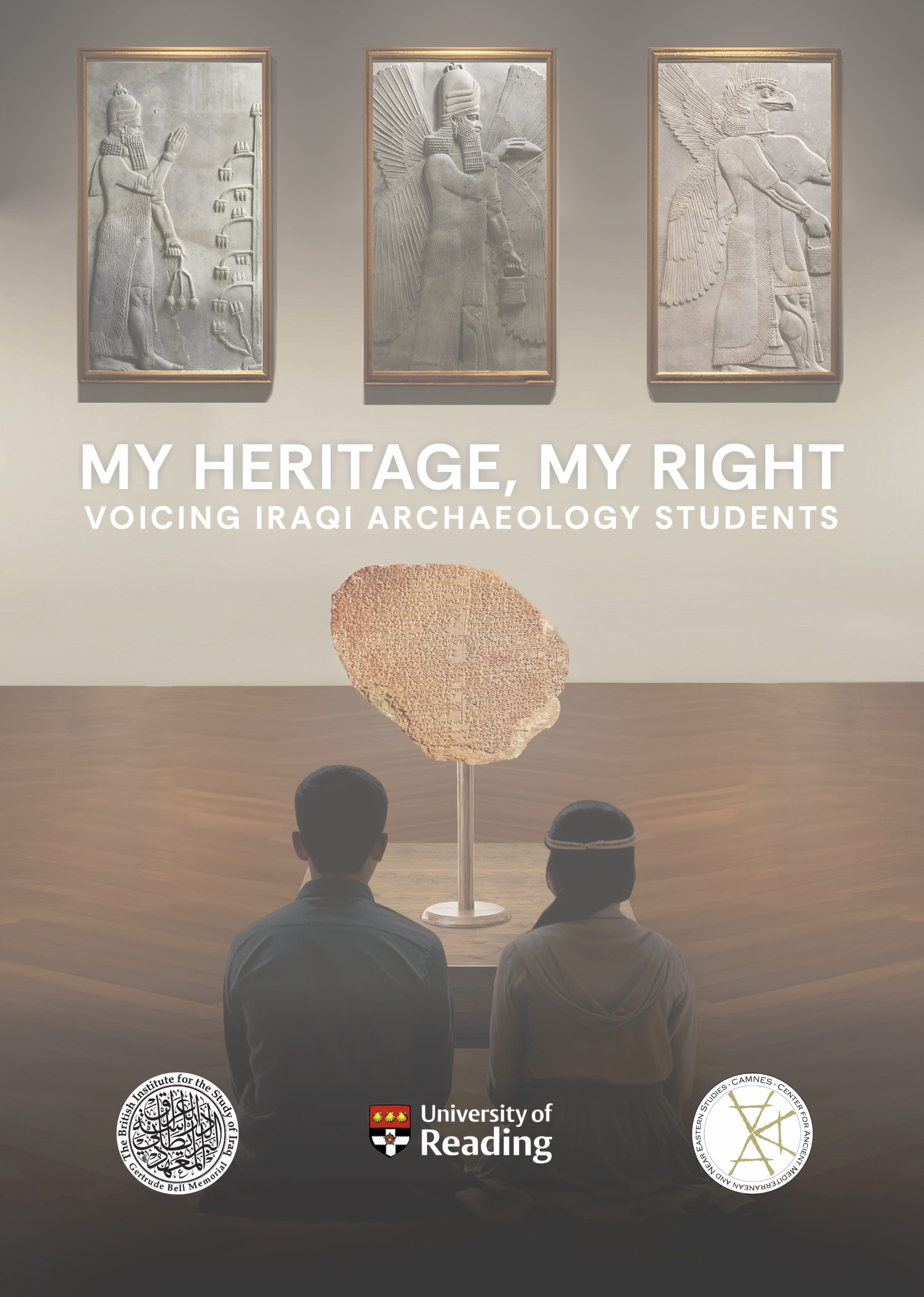VOICING IRAQI ARCHAEOLOGY STUDENTS (by Alesia Koush)
- INTRODUCTION
Extract from the "My Heritage, My Right" brochure distributed in the schools in Kurdistan (Iraq):
This brochure is part of a larger PhD research entitled ‘Human rights implications of illicit trafficking in cultural property: case study of Iraq’ conducted by Alesia Koush at the University of Reading, UK, under the supervision of Professor Roger Matthews and Dr Saeed Bagheri. Applying a human rights-based approach, this research focuses on identifying various human rights of individuals and communities in source countries implicated by looting and illicit trade in cultural property. Specifically, this research project features the voices of 45 Iraqi archaeology students from 9 universities across Iraq that took part in the survey and online interviews in the period October 2024 – January 2025 expressing their opinion on damage that illicit trafficking in cultural property produces on local communities.
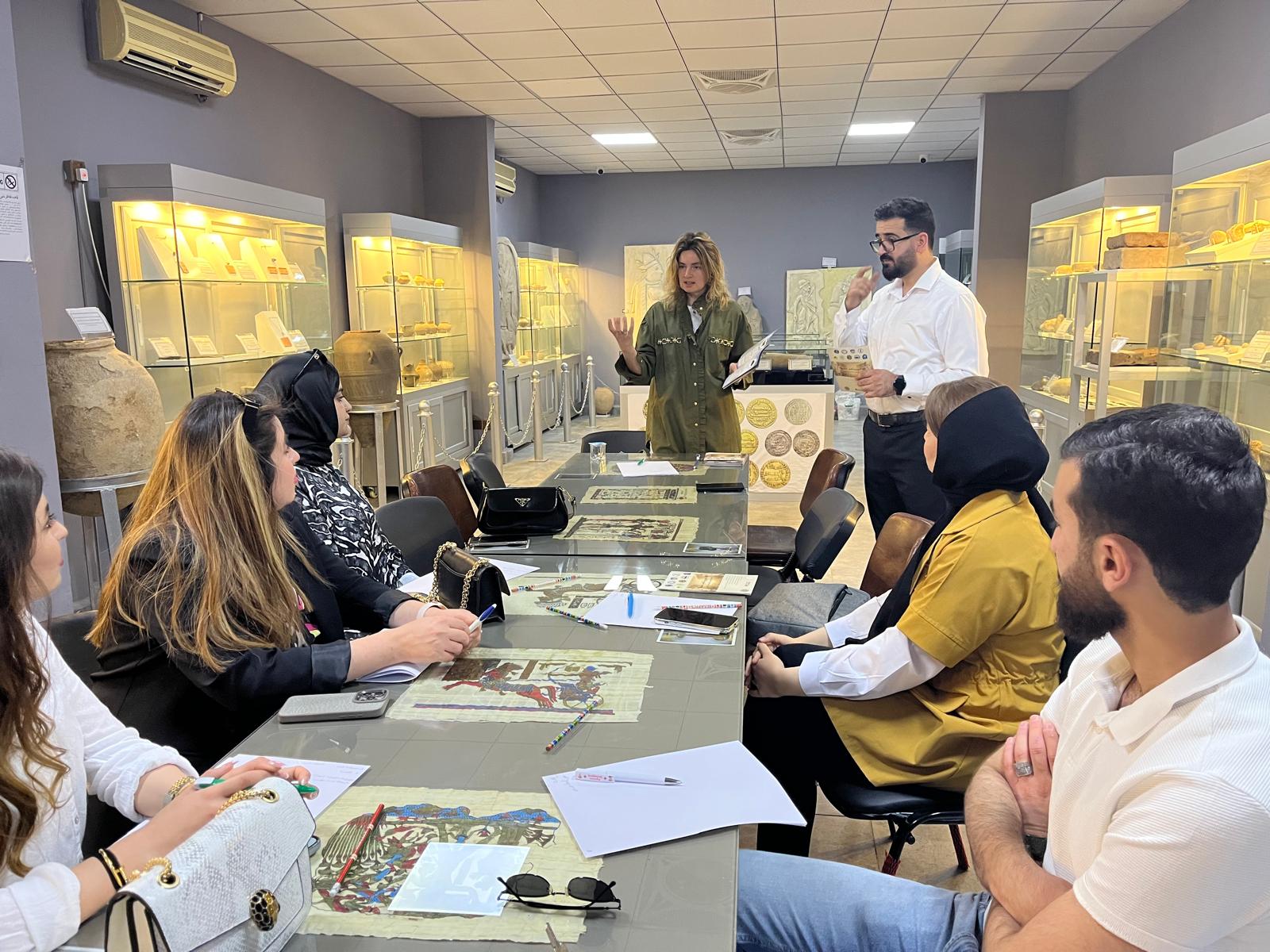
The brochure showcases some of the identified human rights and is totally based on the quotes of the involved students in a fully anonymous way. I am deeply grateful to all the students for their precious contribution and for sharing their thoughts, ideas and inspirations with me. My special thanks are reserved also to professors, translators and all those who made this project possible with their tireless assistance and patience. Finally, I am infinitely thankful to the young Iraqi artists Ambroz Mohammed Sadiq Ali and Fatima Mohsen, whose beautiful artwork brightens this brochure. The project was financially supported by BISI British Institute for the Study of Iraq, CAMNES Center for Ancient Mediterranean and Near Eastern Studies and University of Reading, and my gratitude to these institutions cannot be overestimated.
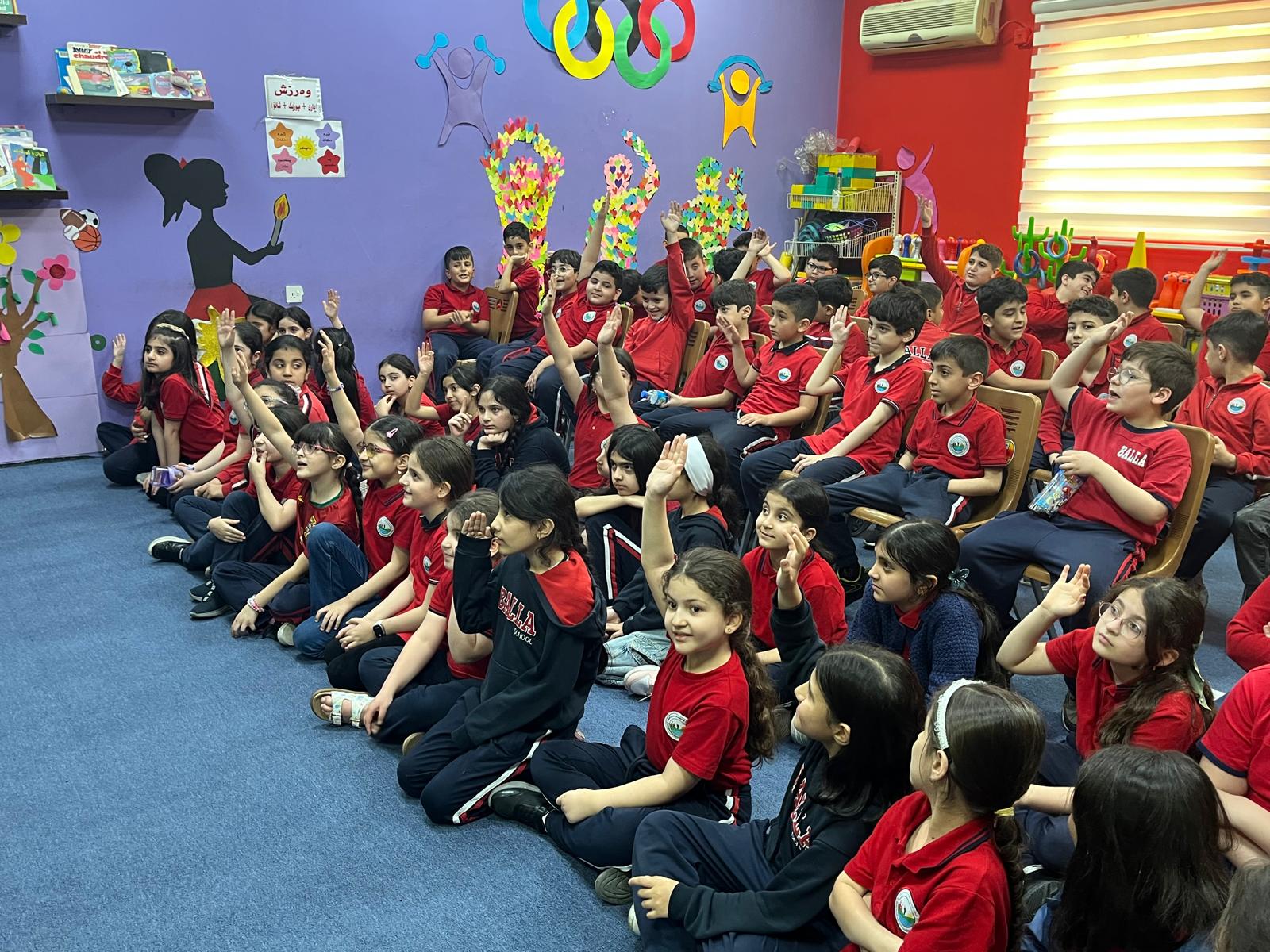
- Some further points forwarded by Alesia Koush on this project and its impact (excerpt from an article in press):

The brochure showcases some of the identified human rights and is totally based on the quotes of the involved students in a fully anonymous way. I am deeply grateful to all the students for their precious contribution and for sharing their thoughts, ideas and inspirations with me. My special thanks are reserved also to professors, translators and all those who made this project possible with their tireless assistance and patience. Finally, I am infinitely thankful to the young Iraqi artists Ambroz Mohammed Sadiq Ali and Fatima Mohsen, whose beautiful artwork brightens this brochure. The project was financially supported by BISI British Institute for the Study of Iraq, CAMNES Center for Ancient Mediterranean and Near Eastern Studies and University of Reading, and my gratitude to these institutions cannot be overestimated.

- Some further points forwarded by Alesia Koush on this project and its impact (excerpt from an article in press):
Dissemination & Outreach:
With the improvement of security situation in the Middle East, it became possible to complete the project conducting a field trip to Iraq aimed at the dissemination of results. Kurdistan Region of Iraq was chosen for two reasons: three universities involved in the project in Kurdistan and the presence of the PI’s PhD supervisor Professor Roger Matthews in the region conducting arcaheological excavations in the village of Bestansur (Sulaymaniyah) since 2011. Thus, on 4-17 April 2025, a field trip took place to Erbil, Duhok and Sulaymaniyah. In each city, multiple institutional, academic and scholastic level activities took place, with the co-coordination of the respective focal points at each University: Twana Mamand, Assistant Lecturer, Department of Archaeology, Salahaddin University of Erbil; Dr Abdulhakim Abdulghafour, Professor of Archaeology, University of Duhok; Dr Othman Tawfeeq, Assistant Lecturer, Department of Archaeology, University of Sulaymani. The contribution of each of them, as well as all the focal points in other univerisities cannot be overestimated. Significantly, the respective participating students groups were actively involved seeing them not only as participants, but also as active co-producers and presenters of the research results. Thus, in each city, the activities were organized following the above design:
- Training of training of the participating students: the training consisted in the basics of heritage education methodology for school children, content presentation (brochure ‘My Heritage, My Right’), practical group work for the creation of a 1-hour laboratory with school children with role distribution among all the students.
- Laboratories ‘My Heritage, My Right’ in schools of each city conducted by active groups of students under the coordination of PI and respective university focal points, for the total of 11 public and private schools of all levels and namely, primary, secondary and high school, with an approximate number of ... school children total. Each laboratory was a combintion of different educational frontal and interactive methods, such as active reflection, brainstorming, presentation by instructors, group activities and active feedback, all aimed at allowing the pupils to actively engage with and understanding the meaning of archaeology and cultural heritage for all the people of a country, as well as the damage that any illicit activity causes, within the overal concept ‘My Heritage, My Right’. Prior permission was obtained from the Ministry of Education of Kurdistan Region of Iraq for conducting school activities. The following schools were involved: Bala Private Elementary School (Erbil), Dariya Basic School, Bala Private High School (Erbil), Shahid Khajabawa Girls High School (Erbil), American International School (Duhok), Ishik Duhok International Primary School (Duhok), Stirling Girls’ High School (Duhok), Gullan School (Sulaymaniyah), Kamarani Badrxan School (Sulaymaniyah), Shaista School (Sulaymaniyah).
- In-person university conference or seminar at each university
The students’ engagement involving also outreach and dissemination activities on the ground rendered them active co-producers of the project, directly contributing both to the data collection process and communication of its results, an essential prerequisite for involving the local communities in community archaeology projects (Belford, 2014; Zaina et al., 2021). The copies of the brochure were sent to all the participating universities for free educational and awareness-raising use.
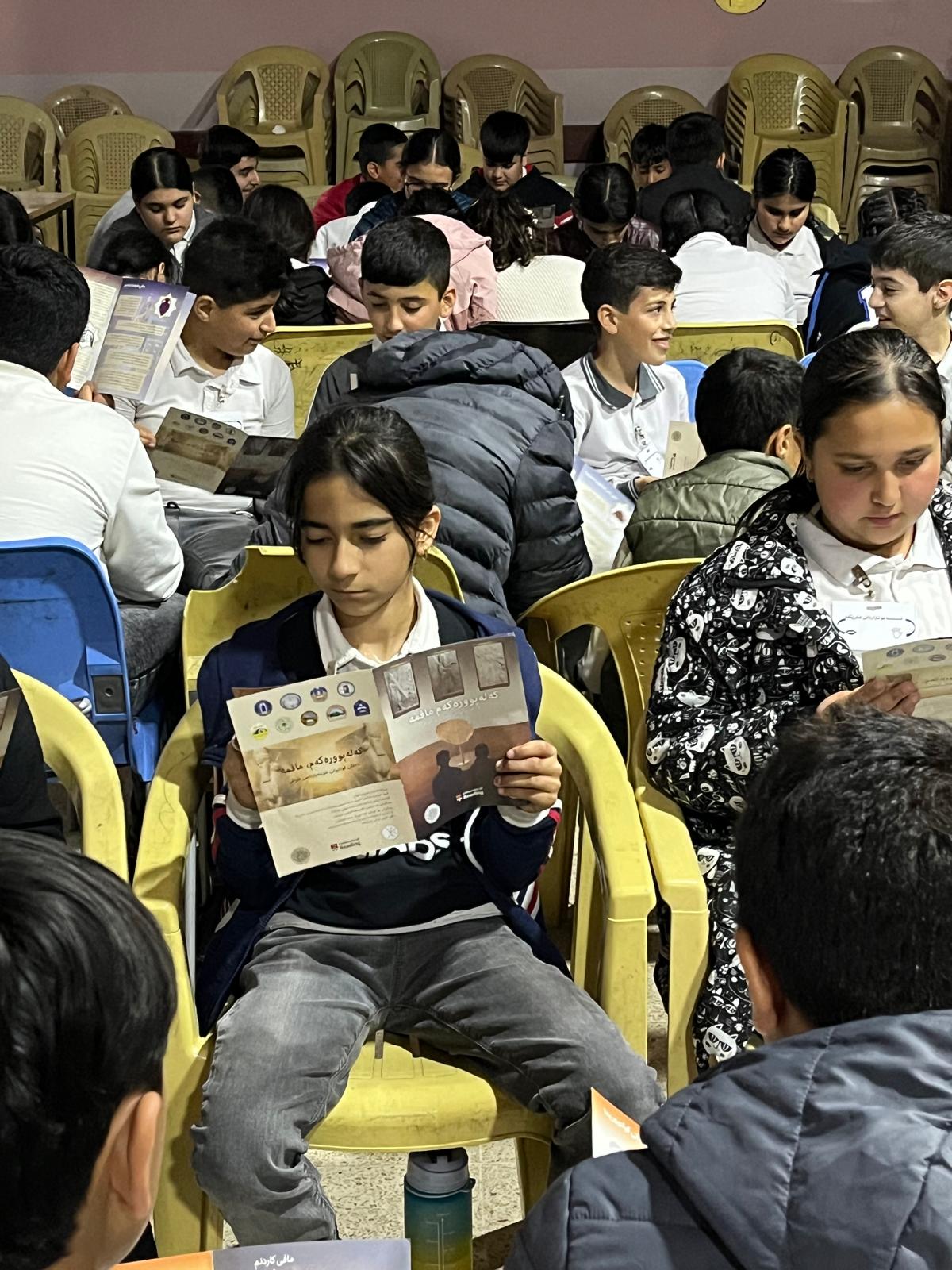
- The following video presents highlights of the activities that took place within the Kurdish schools in April 2025:
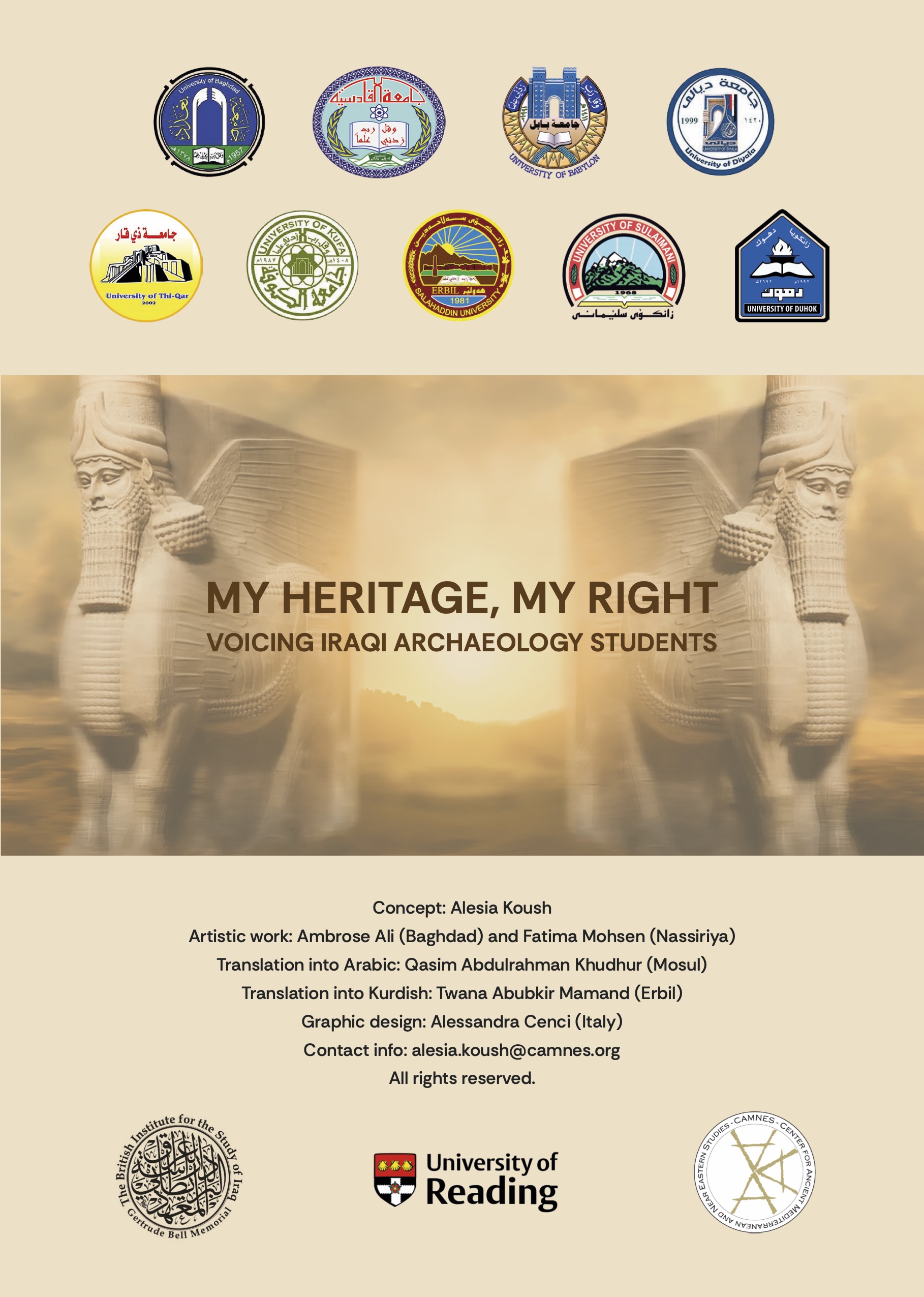

- The following video presents highlights of the activities that took place within the Kurdish schools in April 2025:




